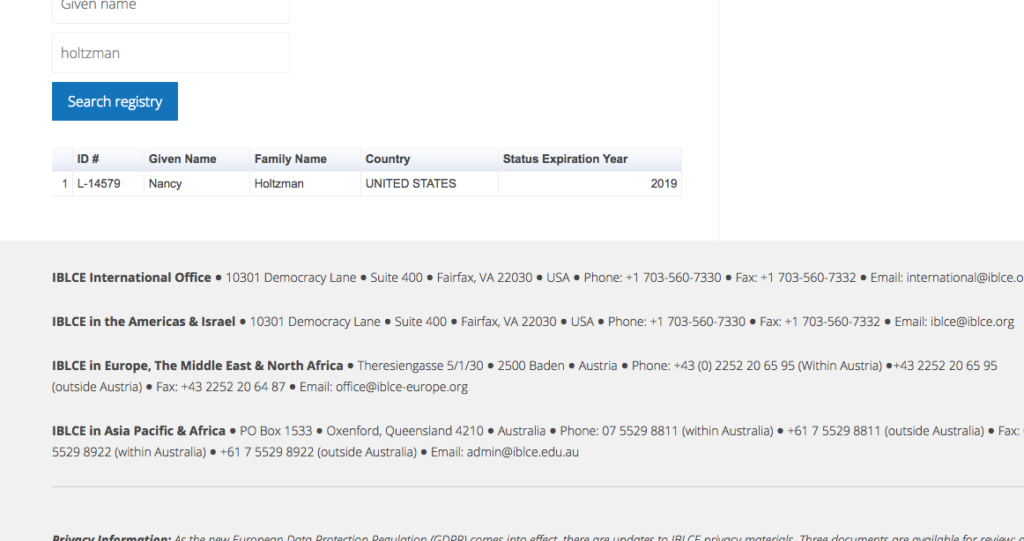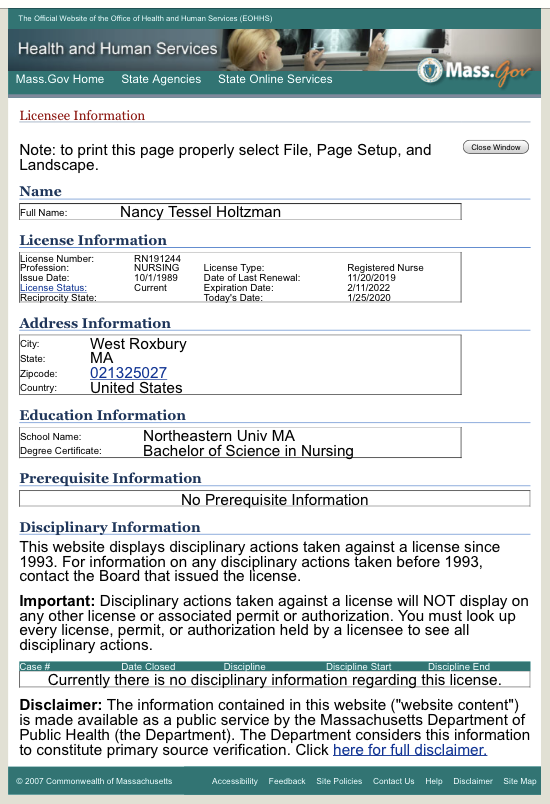Changing your baby’s diaper may feel a bit like unwrapping a surprise gift or delicately defusing a small package bomb. You’re never quite sure what’s inside until its too late, and the contents may shock you, amuse you, or make you run for Dr.Google.
Don’t underestimate the fascination you may have with your baby’s diaper contents. Embrace this stereotypical new parent obsession, though do try to limit detailed diaper discussions to other new parents, and those who feign polite interest without turning white or audibly gagging.
Surprise! Here are 12 freaky things you might find in your baby’s diaper during the first year:
Day 3: Brick dust (uric acid crystals) – a rust or pinkish colored residue staining the front of the diaper. This resolves as baby’s urine becomes more dilute.
Week 2: Gel crystals. These look like oversized grains of sugar stuck to your baby’s genitals. Don’t panic – they’re not coming from your baby! Instead, they’re from the absorbent lining escaping from tiny tears in a disposable diaper.
Week 6: Green spinachy-looking poop. Like the occasional random projectile vomit, these bizarre baby things sometimes happen, possibly on days when baby is nursing more than usual. Unless it’s frequent, frothy, with mucus and blood, don’t worry about occasional green poop in the diaper.
Month 3: Nothing. No poop. Nada. Perhaps several days or even a week may go by with nary a stool. Perfectly normal for breastfed babies, as long as baby is content and pee is plentiful. No need to intervene. What goes in will eventually come out (and usually at the least opportune time and in abundance), so be fully prepared for a poop explosion.
Month 4: Containment Failure or Blow Out. When baby is in a seated position (car seat, bouncer, baby carrier) there’s really only one place for poop to go, and that’s UP. Tell-tale sign of the Blow Out is a yellowish wet spot located at the small of the baby’s back. Usually involves a complete change of clothes, bath optional. For both of you.
Month 5: Mom’s hair (because it’s falling out everywhere). Tip: Time to get a short, sassy hair cut. Hint: Beware the Hair Tourniquet.
Month 6: Slimy mucus in poop when baby has a cold. Swallowed mucus isn’t absorbed by the GI tract and will pass through unchanged into the diaper with poop.
Month 8: Little black threads which look exactly like tiny worms. These are from baby eating fresh bananas (not jarred). They’re just like the little black strings you see in homemade banana bread. Mmm. Banana bread.
Month 9: Gas-mask worthy smells. The strongest odors yet are typically from introducing more protein foods. Whew. Just. Wow.
Month 10: Bits of paper are likely from the tag she was chewing in the store or cardboard from gnawing on the corner of a board book. Paper is one of the four basic food groups of mobile babies. Bonus points if you can still read a letter or word.
Month 11: Easily identifiable bits and pieces of food. Oh, there’s a blueberry! Hey, look, a lima bean! Tip: If you want to know how long it takes for food to make it through your baby’s digestive tract, feed baby some corn. My estimation is you’ll see it again in about 18 hours.
Month 12: Poop that looks (and smells) just like big-people poop. If it’s not too squashed, you can shake it into the toilet instead of sealing it up in the diaper. The more solid food your baby eats, the more their poop will start to look more “familiar”.
Bonus – 18 months: Brightly colored flakes – from that crayon you needed to pry out of your toddler’s mouth. Makes for some pretty poop, though!


